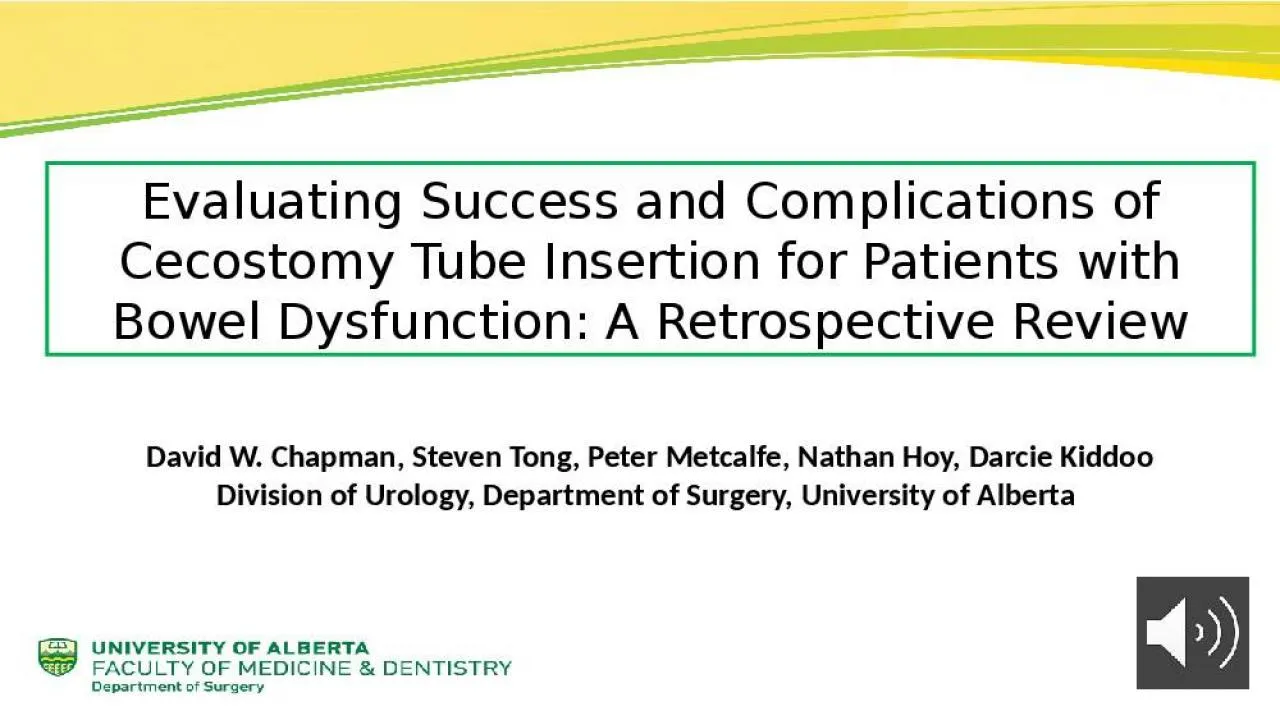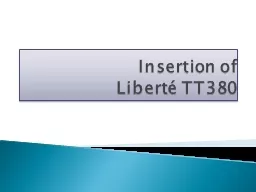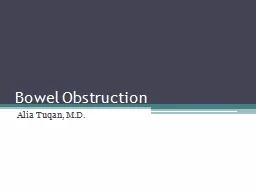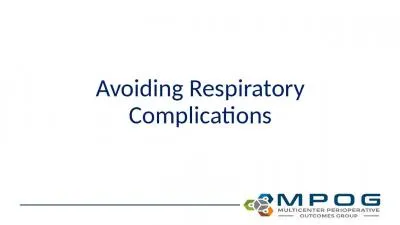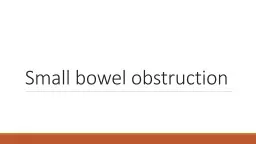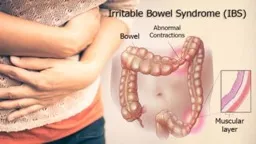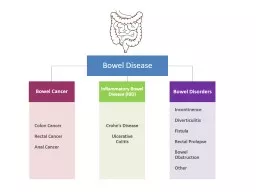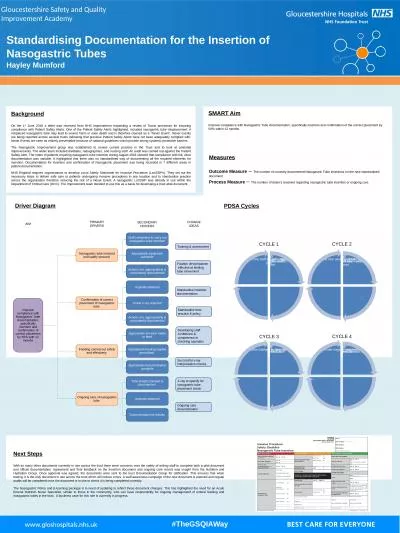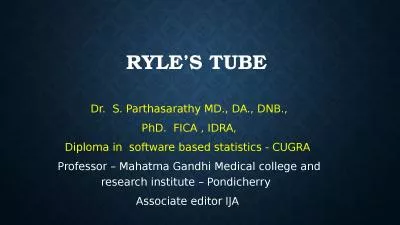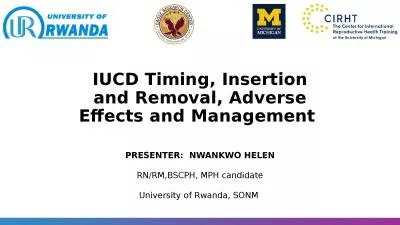PPT-Evaluating Success and Complications of Cecostomy Tube Insertion for Patients with Bowel
Author : abigail | Published Date : 2022-02-15
David W Chapman Steven Tong Peter Metcalfe Nathan Hoy Darcie Kiddoo Division of Urology Department of Surgery University of Alberta None Disclosures Bowel Dysfunction
Presentation Embed Code
Download Presentation
Download Presentation The PPT/PDF document "Evaluating Success and Complications of ..." is the property of its rightful owner. Permission is granted to download and print the materials on this website for personal, non-commercial use only, and to display it on your personal computer provided you do not modify the materials and that you retain all copyright notices contained in the materials. By downloading content from our website, you accept the terms of this agreement.
Evaluating Success and Complications of Cecostomy Tube Insertion for Patients with Bowel: Transcript
Download Rules Of Document
"Evaluating Success and Complications of Cecostomy Tube Insertion for Patients with Bowel"The content belongs to its owner. You may download and print it for personal use, without modification, and keep all copyright notices. By downloading, you agree to these terms.
Related Documents

